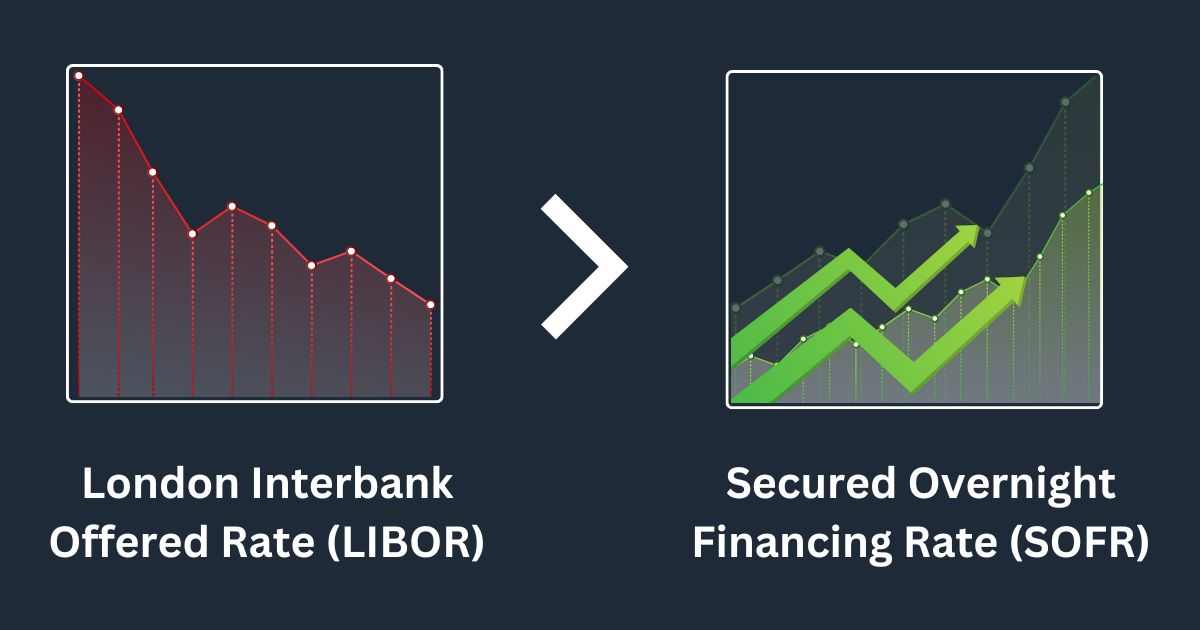Goods and services tax (GST) is one the most significant tax reform that has replaced the complex web of indirect tax regime with a unified taxation system, making it easier to do business and bringing transparency to the tax structure. GST is not a single tax. It can be categorised into various types depending upon the nature of goods and services.
In this article, we will learn about the 4 types of GST in India and their application.
What is GST?
The Goods and services tax (GST) came into effect on July 1st, 2017 with an aim to replace the multiple taxes levied on consumers and businesses. It is a value-added tax levied on the supply of goods and services for domestic consumption. This means that the tax has to be paid at multiple stages of the supply chain and everyone involved in the process of making a product is required to pay GST at every stage, however, they can claim reimbursement. Thus, the tax burden shifts onto the final consumer.
It is a destination-based tax which means that the states where the products or services are consumed have the onus of collecting the tax.
When it comes to business, businesses having an annual turnover of over INR 20 lakhs (INR 10 lakhs for northeastern states) need to register themselves under the GST regime.
What are the different types of GST in India?
The goods and services tax has been segregated into 4 different types namely;
- Central Goods and Service Tax (CGST)
- State Goods and Service Tax (SGST)
- Integrated Goods and Service Tax (IGST)
- Union Territory Goods and Service Tax (UTGST)
1.Central Goods and Services Tax (CGST)

The CGST or central GST is imposed on intra-state transactions i.e. the transactions taking place within the states of India. The CGST is levied along with SGST or UGST, and the revenue received gets divided between the central and state governments.
Examples of CGST include central surcharge, central excise duty, etc.
Let us understand this more clearly through an example;
Example
If a trader in Assam has sold some goods to a customer in the state worth INR 4,000, Then in this case the GST will be levied on the transaction. This GST applicable on the transaction will include both CGST and SGST. If the GST paid is 18%, then 9% is the CGST and 9% is the SGST. This means that the customer will have to pay a total amount of INR 4,720 to the trader for purchasing the goods. Thus, in this case, INR 360 will go to the central government as CGST.
2.State Goods and Services Tax (SGST)

SGST or state GST is also levied on intra-state transactions. This implies that both CGST and SGST are applicable to the intra-state supply of goods.
The revenue collected from this tax is solely claimed by the state government of the state in which the goods and services are purchased or sold.
Examples of SGST include entertainment tax, VAT, state sales tax, luxury tax, etc.
Example
If a trader in West Bengal has sold some goods worth INR 10,000 to a customer within the state, then in this case the GST will be levied on the transaction. This GST applicable on the transaction will include both CGST and SGST. If the GST paid is 20% then the revenue earned constitutes the share of the state and central government in the form of 10% CGST and 10% SGST. This means that the customer will have to pay a total amount of INR 11,000 to the trader for purchasing the goods. Thus, in this case, INR 500 will go to the West Bengal State Government as SGST.
3.Integrated Goods and Services Tax (IGST)

The integrated GST is levied on inter-state transactions in India i.e. transactions taking place between 2 states. It includes both CGST and SGST. This tax is levied by the central government and the revenue collected gets distributed between both state and central governments.
IGST is not applicable only on the supply of goods and services but on exports and imports as well since imports and exports are treated as inter-state supplies.
However, exports are usually treated as zero-rated supplies under the GST regime. The exporter can opt to export under a letter of undertaking/bond without paying the tax, and claiming a refund of Input Tax Credit or simply paying IGST in cash or by using ITC at the time of export and claiming its refund.
Example
If a trader in Bihar has sold goods worth INR 24,000 to a customer in Kerela, then in this case the IGST will be levied on the transaction. This IGST applicable on the transaction will include both CGST and SGST. If the IGST paid is 20% then this IGST will be distributed between the central government and state government according as proposed by the parliament under Article 269 A of the constitution. This means that the customer will have to pay a total amount of INR 28,800 to the trader for purchasing the goods. Thus, in this case, INR 4,800 is collected by the central government as IGST.
4.Union Territory Goods and Services Tax (UTGST)

UTGST or Union Territory GST refers to the tax applicable on the supply of goods and services within the union territories of India. The revenue on the tax is collected by the Union territory government.
UTGST and SGST have the same GST rate and exemptions. The reason behind their segregation is that the SGST cannot be levied on union territories. However, UTGST is not applicable to territories that have a legislative assembly. This makes it non-applicable to union territories like New Delhi and Puducherry as both these have their own legislatures.
Difference between types of GST in India
The difference between different types of GST is given below:
Central Goods and Services Tax
- Authority Benefited: Central government
- Authority responsible for collecting tax: Central government
- Transactions on which tax is levied: Intra-state transactions
State Goods and Services Tax
- Authority Benefited: State government
- Authority responsible for collecting tax: State government
- Transactions on which tax is levied: Intra-state transactions
Integrated Goods and Services Tax
- Authority Benefited: Central and State government
- Authority responsible for collecting tax: Central government
- Transactions on which tax is levied: Inter-state transactions
Union Territory Goods and Services Tax
- Authority Benefited: Union Territory government
- Authority responsible for collecting tax: Union Territory government
- Transactions on which tax is levied: Transactions taking place within the union territory
You may also like:
- What are the Advantages and Disadvantages of GST in India?
- GST Certificate Download Online: Easy Step-by-Step Guide
- GST State Code List and Know your GST Jurisdictions
- GST Composition Scheme – Features, Limits, Benefits & Rules
- Types of GST Returns and Their Due Dates
Frequently Asked Questions
What is the full form of GST?
GST stands for Goods and Services Tax. It is an indirect tax system that replaced multiple indirect taxes. GST is a consumption-based tax that is levied on the supply and sale of goods and services by the tax authorities of India.
Name some commodities that are not levied under different types of GST.
Commodities like alcohol, crude oil, electricity, fresh vegetables, etc. are exempted from GST.
Who is the taxable person under the goods and services tax?
The consumers, e-commerce operators, and GST-registered business entities are all taxable under the GST regime.
Among which types of GST is levied on intra-state supply?
CGST and SGST are levied on intra-state supply. If the transaction takes place within a union territory then UTGST is applicable.
What is the basic difference between CGST SGST and IGST?
The basic difference between CGST SGST and IGST is that CGST and SGST are levied upon intra-state transactions whereas IGST is levied on inter-state transactions.
What is the full form of CGST?
CGST stands for Central Goods and Services Tax
What is the full form of IGST?
IGST stands for Integrated Goods and Services Tax
















